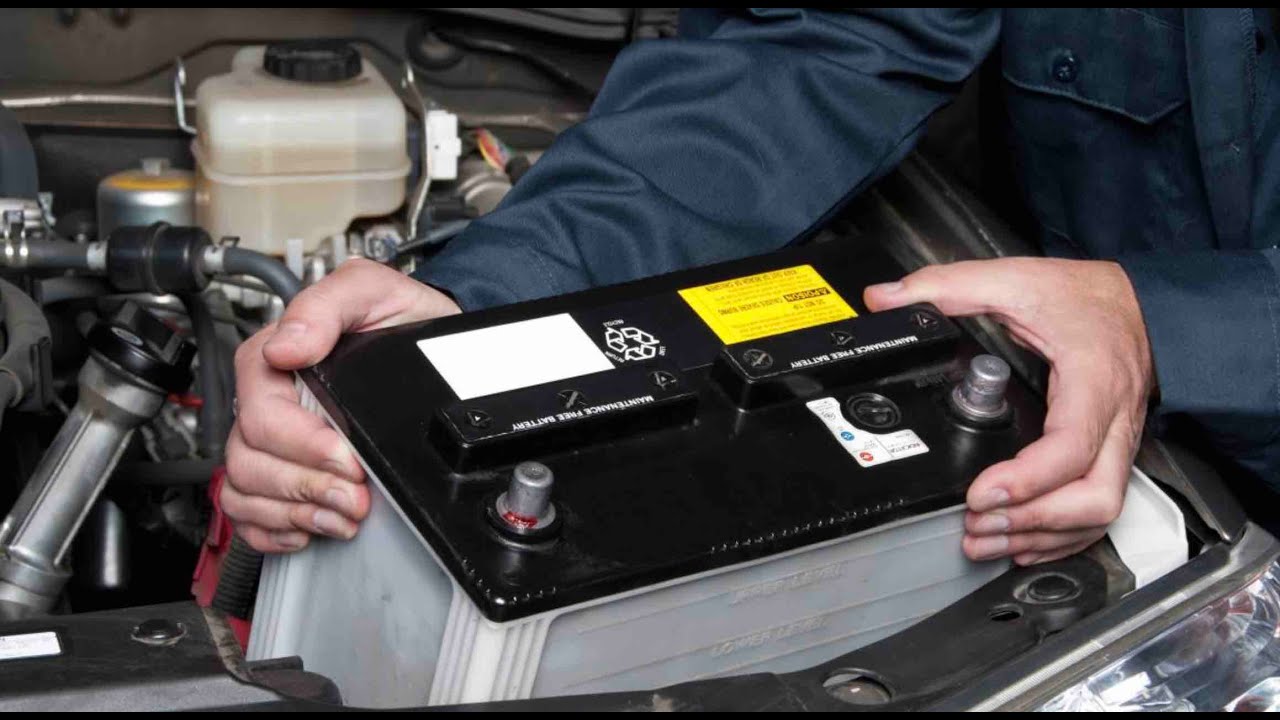Car batteries play a crucial role in maintaining the optimum performance of our vehicles. While purchasing a car battery, you might have come across terms like “amp hours” and “cold cranking amps”. These terms can be a bit confusing for the average car owner who is not well-versed in the technical aspects of automotive batteries. In this blog post, we’ll try to demystify the concept of amperage in car batteries.
What does amperage mean in a car battery?
Simply speaking, amperage is the measure of electric current flowing through a circuit. In the context of a car battery, amperage is a measure of the battery’s ability to deliver electric current to power the starter motor, ignition system and other electrical components of the vehicle. The amperage rating of a car battery is the amount of electric current that the battery can deliver continuously for a specified period at a particular temperature.
How many amps is a typical car battery?
The amperage rating of a car battery varies depending on the make and model of the car. However, the standard amperage rating for most car batteries is around 50 amps. This rating signifies that the battery can continuously deliver 50 amps of electric current for a period of one hour at a temperature of 80°F.
How much amperage does a car need to start?
The amount of amperage required to start a car depends on several factors, including the engine size, the age of the car, and the temperature outside. In general, a small engine requires less amperage to start compared to a larger engine. On a cold day, the amperage required to start the car increases due to the increased viscosity of the engine oil.
Factors affecting the amperage requirement for starting a car:
- Engine size
- Age of the car
- Temperature outside
- The condition of the battery and the starter motor
What is a cold cranking amp?
Cold Cranking Amps (CCA) is a measure of the number of amps that the battery can provide at 0°F for 30 seconds while still maintaining a certain voltage level. CCA is an important specification for car batteries, especially in cold weather regions. The higher the CCA rating of a battery, the better it will be able to handle cold weather starting conditions, and the more reliable it will be.
Factors to consider while choosing a car battery
| Parameter | Importance |
|---|---|
| Amperage rating | Essential as it indicates the battery’s ability to deliver the required power |
| Cold Cranking Amps (CCA) | Very important, especially for colder regions as it indicates the battery's ability to start the car in cold weather. |
| Reserve capacity | Important as it indicates how long the battery can continuously supply power without charging. |
In conclusion, amperage is a vital parameter to consider when purchasing a car battery. It indicates the battery's ability to deliver the required power for the car's electrical systems. It’s essential to choose a battery with the right amperage rating and specifications that meet your car’s needs. In addition, if you live in a colder region, then you should pay extra attention to the CCA rating while purchasing a new battery.

